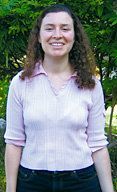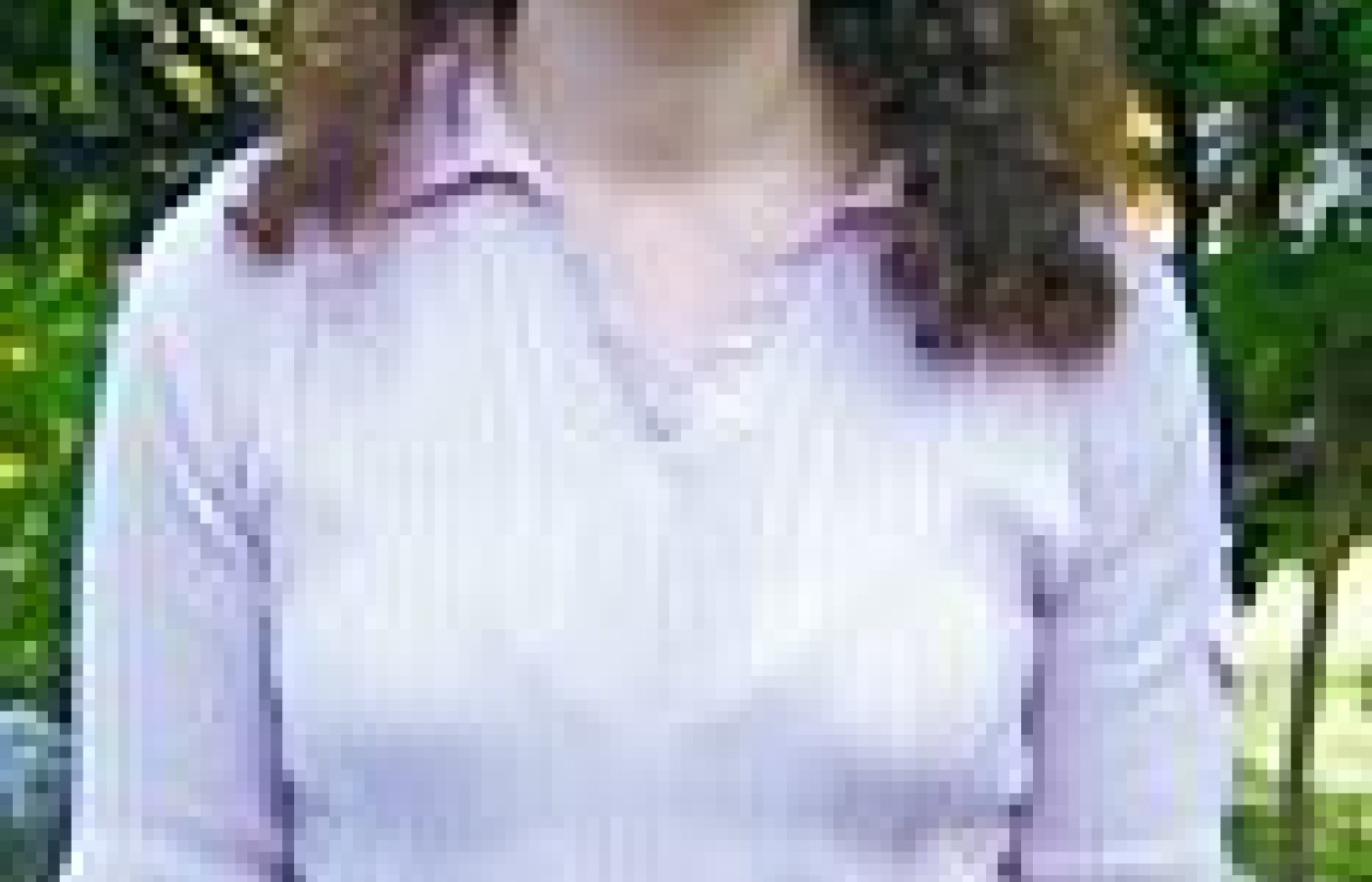Whether you accept it, avoid it or live somewhere in between, insurance coverage has become a defining issue for our profession. Patients increasingly expect to use their benefits, practitioners want to be compensated fairly for their time and expertise, and the system itself remains – at best – fragmented. The encouraging news is that coverage has expanded in meaningful ways. The challenging news is that reimbursement, across the board, remains inadequate.
Blind Acupuncturist Sees Bright Future Ahead of Her
Last April, Acupuncture Today reported on the case of Juliana Cumbo, a blind acupuncturist in Texas seeking her license to practice. (See "The Blind Leading the Blind?" in the April 2008 issue of AT.) Cumbo had graduated with a master's degree from the Academy of Oriental Medicine at Austin and had passed her national exams. In February 2008, the Texas State Board of Acupuncture Examiners ruled that due to her lack of sight, she could not be properly licensed without further observation. At that time, the appeals board ruled Cumbo had to be evaluated by a neutral physician and acupuncturist (not affiliated with AOMA) as she worked on one male and one female patient. The observers were then tasked to report back to the licensure committee within six months as to whether Cumbo should be granted a license.

On June 7, 2008, the board finally handed down its recommendation. Cumbo will be granted a license for three years, with certain restrictions attached. She will not be allowed to practice alone and will have to be in a group or hospital setting. She also will have to report to the state any time she inadvertently sticks herself with a needle while practicing. She also will not be allowed to practice on patients with visual impairments without the presence of a sighted staff member, such as another acupuncturist or a nurse. Under Texas state law, Cumbo may request that the restrictions be lifted after one year.
One of her strongest champions has been Will Morris, president of AOMA. In an interview with the Austin Statesman after the decision was handed down, Morris stated, "Juliana Cumbo is qualified and safe to practice. She has shouldered this burden for all persons who are ably challenged."
Acupuncture Today recently interviewed Cumbo, who has certainly changed not only how the profession views disabled acupuncturists, but also how the public at large views them.
AT: Do you plan to eventually apply to receive an unrestricted license?
JC: The conditions on the license currently proposed last for a period of three years. I do have an option to propose changes to the conditions on the license after one year; however, no decision has been made to review the conditions after one year.
AT: What are your future plans now that the committee has made its recommendation?
JC: Currently, I am preparing to set up and work in a multi-party office environment. I am also working as a volunteer to assist in planning for the Toyohari Foundational Training course in Austin, starting in October.
AT: In what ways do you feel this experience has helped you as an acupuncturist? Are there ways in which you feel this process might have hindered you?
JC: The process toward licensure has further affirmed my choice to practice Oriental medicine. I feel that all of the time taken, financial resources spent and energy used to become licensed were formidable. However, this was necessary to become licensed. I know that the process toward licensure will benefit many individuals in the future. Hopefully, future applicants will not be burdened by the same hurdles placed in front of me by the Texas license authorities. Actually, just recently, I was contacted and informed that acupuncturists who support blind individuals to practice acupuncture in England have been encouraged by the result here in the U.S. I was contacted and asked to provide assistance with their program to train blind individuals when the program is established.
AT: What special care do you feel you might be able to offer as a blind acupuncturist?
JC: As a blind acupuncturist, I rely on information from palpation, questioning, listening and smelling. I am very methodical when gathering information in order to treat a patient. In addition, I generally use the Toyohari method of acupuncture. For that reason, I only treat one individual at a time. This allows me to focus and monitor how the treatment is affecting the patient. For example, I check the pulse after each point is needled. As a blind individual, I perceive the world in a way that strengthens the senses of touch, sound and smell. It also enhances my listening skills. I use these same senses in my work. In other words, there is no division between the senses and skills that I use in my work, or life outside of work. As a result, I am able to feel the presence and volume of qi that exists in the meridians with ease and accuracy. I am also skilled at listening and receiving the information that I need. This assists me in determining a treatment plan that will benefit the patient.
AT: If you could give one piece of advice to other acupuncturists or acupuncture students facing similar challenges, what would that be?
JC: I would tell other individuals in a similar situation as myself to be patient with yourself and others, and remember that every challenge is an opportunity to learn. I would also tell them that they are entitled to be treated with consideration, respect and equal opportunity under federal laws and that licensing authorities are forbidden by those laws to discriminate against them on the basis of their disability.
AT: In Japan, blind acupuncturists are very much part of the tradition. Why is this not the case in the U.S.?
JC: Blind individuals, in general, have historically not held advanced degrees in the U.S. The creation and implementation of the ADA [Americans With Disabilities Act] has given individuals with disabilities opportunities that did not exist before. More blind individuals are considering a career in medicine because there are educational opportunities and advanced computer technology that allows them to participate with sighted individuals on an equal footing. Also, the practice of acupuncture has become more accepted in the United States, and more individuals in general are considering acupuncture as a career path. Blind individuals, more than ever before, have many career options open to them of which acupuncture is only one.
In Japan, the practice of acupuncture by the blind was begun by Weichi Sugiyama in the mid-1660s. Sugiyama founded several schools for the blind to learn and practice acupuncture. Sugiyama developed the insertion tube, which allowed the blind to insert needles. As a result, 30,000 blind acupuncturists practice in Japan today- one-third of all acupuncturists in that country.
AT: Have most people been supportive of your efforts?
JC: The vast majority of individuals have been supportive.
AT: Do you think you might wish to go into teaching, given some of the unique skills you have acquired?
JC: Yes, I hope to practice and teach Toyohari-style acupuncture, as well as other Japanese disciplines, including herbs and shiatsu.


